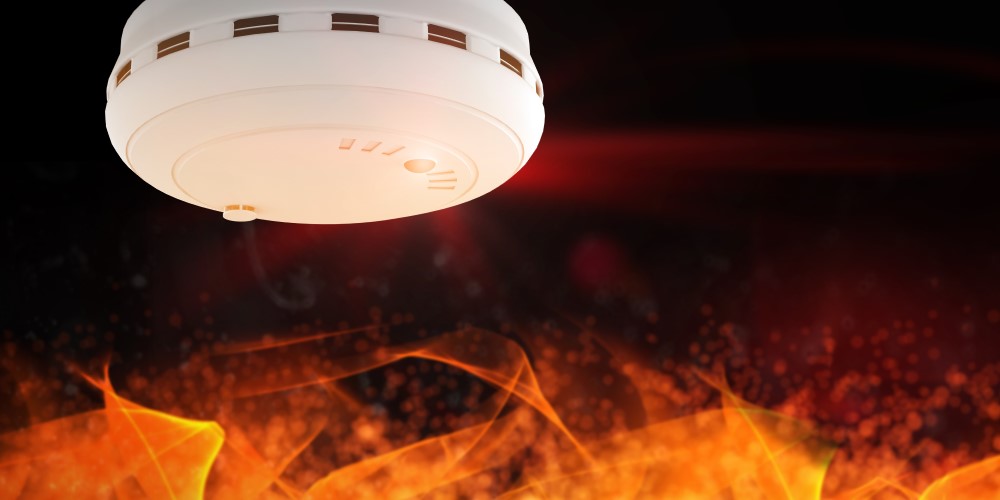The South African Bureau of Standards (SABS) has released its latest recommendations for fire detection and alarm systems, for non-domestic premises.
The document (formally called the “Code of practice for design, installation, commissioning and maintenance of fire detection and alarm systems in non-domestic premises”) spells out if, when, and what kind of alarm systems and smoke detectors should be used at non-domestic premises, like businesses and hospitals.
This comes in the wake of Cape Town’s fire on Table Mountain which partially destroyed the University of Cape Town’s library in April, and the fire at Charlotte Maxeke Hospital in Johannesburg, also in April, the SABS said in a statement.
“It is crucial that a national set of guidelines and rules for the designers and installers of fire protection systems is provided for them to fold and uphold,” the SABS said.
Here are some of the recommendations for instances where a fire alarm is put in place to save lives:
If the fire protection system is for a building where no one sleeps, automatic fire detection might not be necessary.
This is because the fire will probably be detected before the smoke seriously reduces visibility in escape routes. In such case, a fire protection system where the design is based on a localised need for detecting fire in only one part of the building, might be enough.
In the case of a building where occupants could be in danger before someone realises that there’s a fire, automatic fire detection is necessary.
The installation of fire detectors in only certain rooms in the building might be suitable, but that will need to be determined by fire risk assessment.
Fire detection systems will need to be installed in escape routes or corridors when there’s a need for the occupants of a building to be warned of the presence of smoke in the escape routes.
For example, in building where there are workers in a large, mostly unoccupied area of a building where there’s a high risk of fire.
Owners of buildings where people sleep in rooms accessed by corridors should be aware that gases from a fire can produce smoke that is dense enough to fill a corridor before fire detectors in the corridor go off.
In the case of these buildings, detectors need to be installed in rooms that open on to the escape routes, and within the escape routes themselves. This is to ensure that the occupants of the building or rooms have enough time to escape before the corridor is filled with smoke. In this case, heat, smoke, combustion gas or multi-sensor detectors are necessary.
However, this might not be enough. For example, it might be necessary to place fire detectors in other rooms, even those that don’t open on to escape routes.
Or, owners of buildings might want to make sure that certain rooms, for example those occupied by disabled people, have an early warning detection system. In that case, smoke or combustion gas detectors are necessary, as heat detectors will not respond fast enough to the danger.
In the case of buildings where a significant number of people are at risk, like hospitals and residential health care facilities, fire detectors will need to be placed in all areas of the building.
These rules only apply to building owners who are looking for fire detection systems that could save lives; the SABS has a separate set of standards for building owners who want to protect their property.
The new standards are designed to bring SA’s fire safety standards in line with those of the United Kingdom and Europe, the SABS said.


